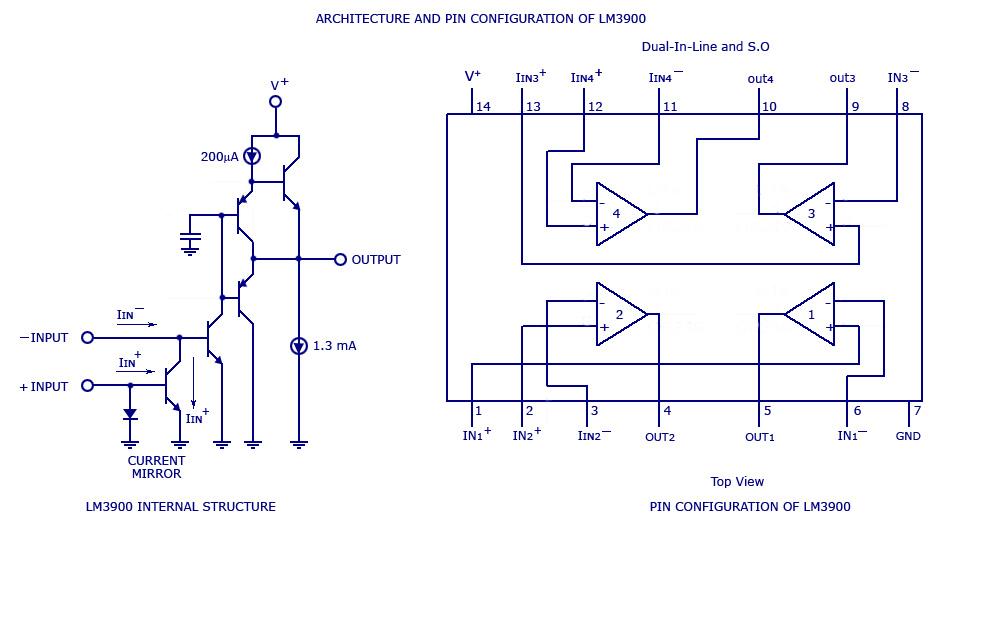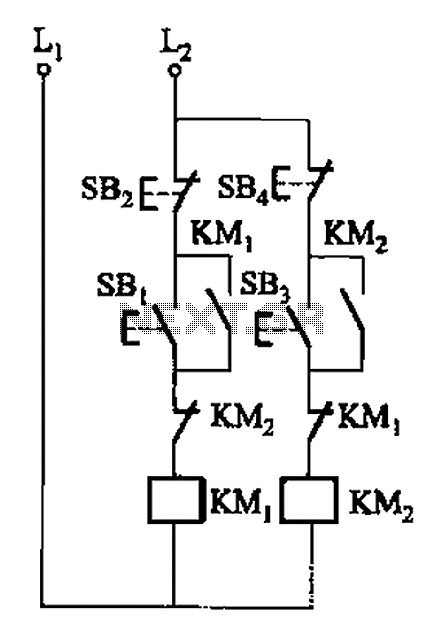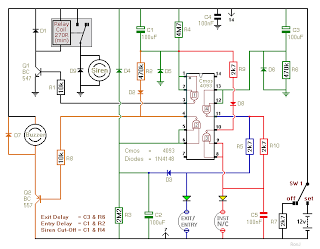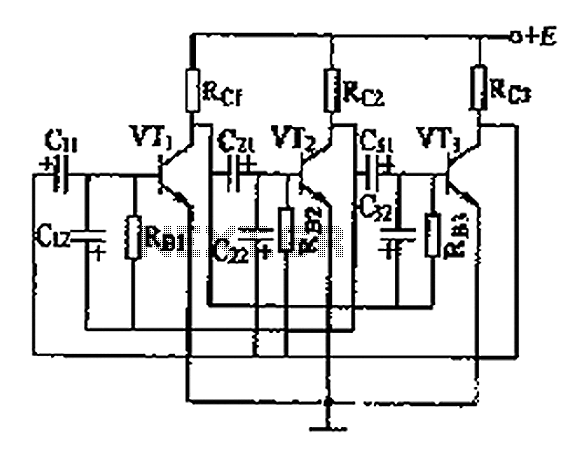
THREE INPUT TWO PENTODE MIXER

Distance markers and if signals are inserted at separate grids on one tube, while radar video from input 3 is impressed on the control grid of another pentode.
In this circuit design, the integration of distance markers and intermediate frequency (IF) signals is accomplished by utilizing a dual-grid tube configuration. The first tube is configured to accept both distance markers and IF signals at distinct grids, ensuring that these two types of signals do not interfere with each other. This separation is crucial for maintaining signal integrity and clarity during processing.
The second tube in the circuit is a pentode, which is particularly effective in amplifying weak signals due to its additional control grid. In this configuration, the radar video signal sourced from input 3 is applied to the control grid of the pentode. This allows for effective modulation and amplification of the radar video, which is essential for radar signal processing applications.
The use of a pentode in this context is significant, as it provides enhanced performance characteristics such as high gain and low noise, which are critical in radar systems. The design ensures that the radar video signal can be processed efficiently without degradation, enabling accurate distance measurement and signal interpretation.
Overall, this circuit exemplifies a sophisticated approach to radar signal processing, leveraging the unique properties of electron tubes to achieve reliable performance in aeronautical electronic equipment. The careful arrangement of signals and the choice of components reflect a deep understanding of electronic circuit design principles, particularly in the context of radar technology.Distance markers and iff signals are inserted at separate grids on one tube, while radar video from input 3 is impressed on control grid of other pentode. -NBS, "Handbook Preferred Circuits Navy Aeronautical Electronic Equipment, " Vol. l, Electron Tube Circuits, 1963, p N4-4. 🔗 External reference
In this circuit design, the integration of distance markers and intermediate frequency (IF) signals is accomplished by utilizing a dual-grid tube configuration. The first tube is configured to accept both distance markers and IF signals at distinct grids, ensuring that these two types of signals do not interfere with each other. This separation is crucial for maintaining signal integrity and clarity during processing.
The second tube in the circuit is a pentode, which is particularly effective in amplifying weak signals due to its additional control grid. In this configuration, the radar video signal sourced from input 3 is applied to the control grid of the pentode. This allows for effective modulation and amplification of the radar video, which is essential for radar signal processing applications.
The use of a pentode in this context is significant, as it provides enhanced performance characteristics such as high gain and low noise, which are critical in radar systems. The design ensures that the radar video signal can be processed efficiently without degradation, enabling accurate distance measurement and signal interpretation.
Overall, this circuit exemplifies a sophisticated approach to radar signal processing, leveraging the unique properties of electron tubes to achieve reliable performance in aeronautical electronic equipment. The careful arrangement of signals and the choice of components reflect a deep understanding of electronic circuit design principles, particularly in the context of radar technology.Distance markers and iff signals are inserted at separate grids on one tube, while radar video from input 3 is impressed on control grid of other pentode. -NBS, "Handbook Preferred Circuits Navy Aeronautical Electronic Equipment, " Vol. l, Electron Tube Circuits, 1963, p N4-4. 🔗 External reference





